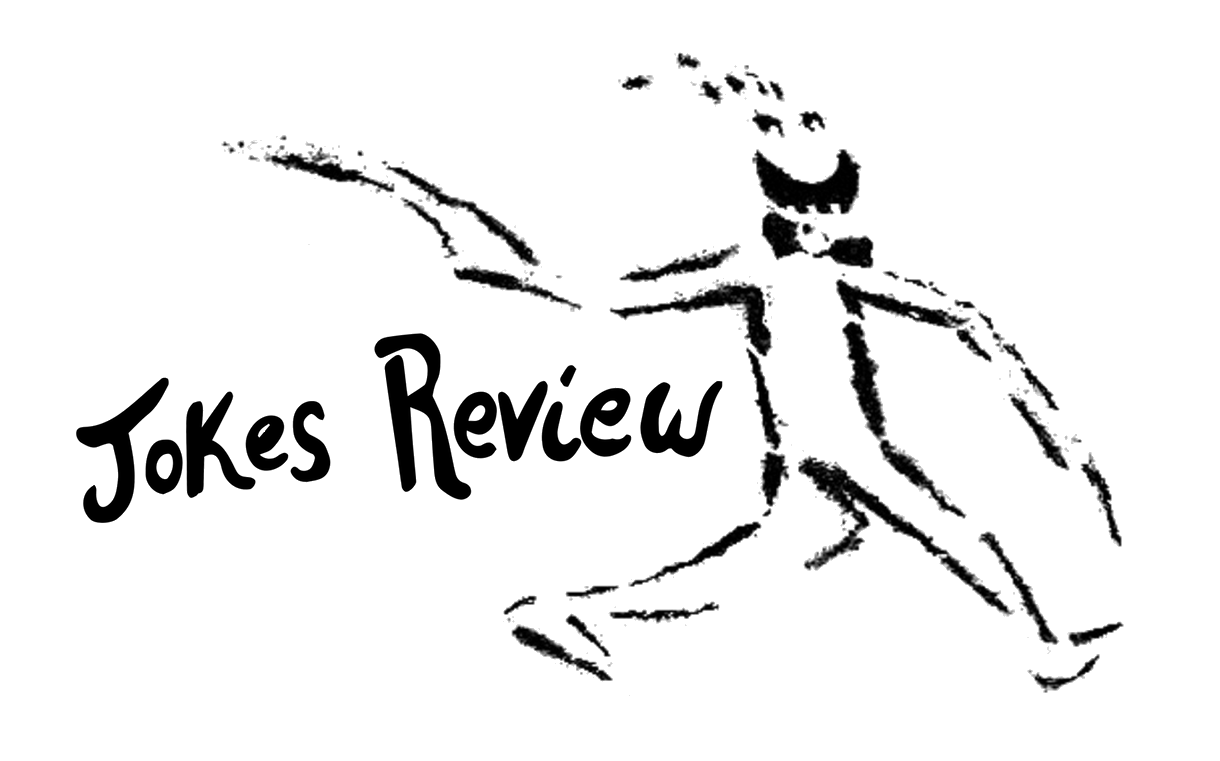by Lane Chasek
Claude Shannon (a mathematician and cryptographer who pioneered the field of information theory) was never the type of guy I would pin as a poet, but, as it turns out, he was quite the diddy composer. Along with his work in information theory, Shannon was also a fan of the Rubik’s Cube, and even invented one of the first Rubik-solving machines. Shannon’s “Rubric on Rubik Cubics” is a love letter to his favorite puzzle. It also reads like the lyrics of a They Might Be Giants song. Below are (in my opinion) the best stanzas (along with my annotations):
Once puzzledom was laissez faire
With rebus, crosswords, solitaire.
Comes now the Rubik Magic Cube
For Ph.D. or country rube.
This fiendish clever engineer1
Entrapped the music of the sphere.
It's sphere on sphere in all 3D—
A kinematic symphony!
…
Forty-three quintillion plus
Problems Rubik posed for us.2
Numbers of this awesome kind
Boggle even Sagan’s mind.
Out with sex and violence,
In with calm intelligence.
Kubrick’s Clockwork Orange3— no!
Rubik’s Magic Cube — Jawohl!4
…
Respect your cube and keep it clean.
Lube your cube with Vaseline.
Beware the dreaded cubist’s thumb,5
The callused hand and fingers numb.
No borrower nor lender be.
Rude folks might switch two tabs on thee,
The most unkindest switch of all,
Into insolubility.6
…
The issue’s joined in steely grip:
Man’s mind against computer chip.
With theorems wrought by Conway’s eight
‘Gainst programs writ by Thistlethwait.7
Can multibillion-neuron brains
Beat multimegabit machines?8
The thrust of this theistic schism —
To ferret out God’s algorism!9
1Erno Rubik, inventor of the Cube, is actually an architect. But “architect” is a very hard word to rhyme.
2The “problems” Shannon refers to are the total number of configurations possible on a 3x3 Rubik’s Cube.
3Like many educated, conscientious men of his day, Shannon had terrible taste in cinema.
4German for “Yes, sir!”
5As an amateur cuber myself, I can attest to this. Do five minutes of finger stretches before an intense Rubik’s Cube session, and lubricate your swivel regularly.
6 If you switch two tiles (or stickers) on a Rubik’s Cube, the puzzle becomes unsolvable.
7 Both Conway and Thistlethwait studied the Cube mathematically and developed some of the first algorithms for solving it.
8Already, Shannon foresaw a Deep Blue-type situation in which humans would be outdone by their own cybernetic creations.
9A play on “God’s algorithm,” which refers to a hypothetical algorithm that would solve the Cube in the fewest moves possible. This is similar to “God’s number,” the maximum number of moves required to solve any Cube configuration (which happens to be 20).
Lane Chasek (@LChasek) is the author of the nonfiction book Hugo Ball and the Fate of the Universe, the poetry/prose collection A Cat is not a Dog, and two forthcoming chapbooks, Dad During Deer Season and this is why I can't have nice things. Lane's current pride and joy is an essay he published in Hobart about Lola Bunny and the latest Space Jam movie.


































